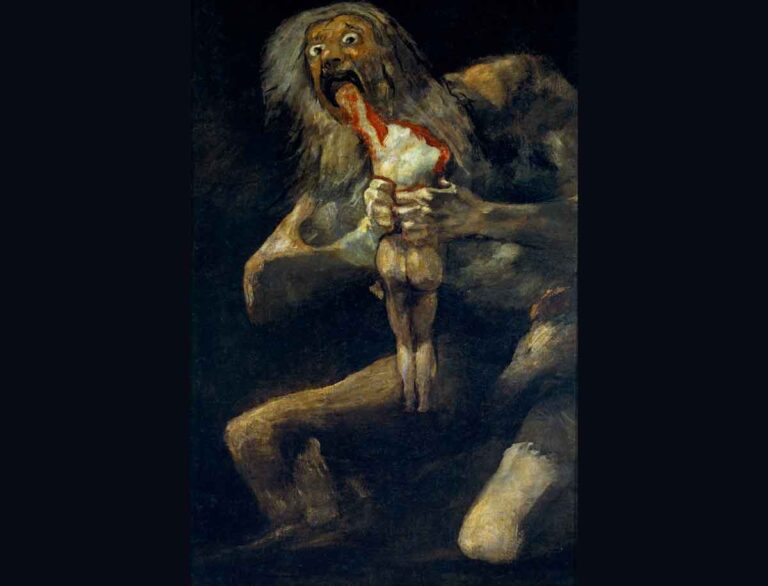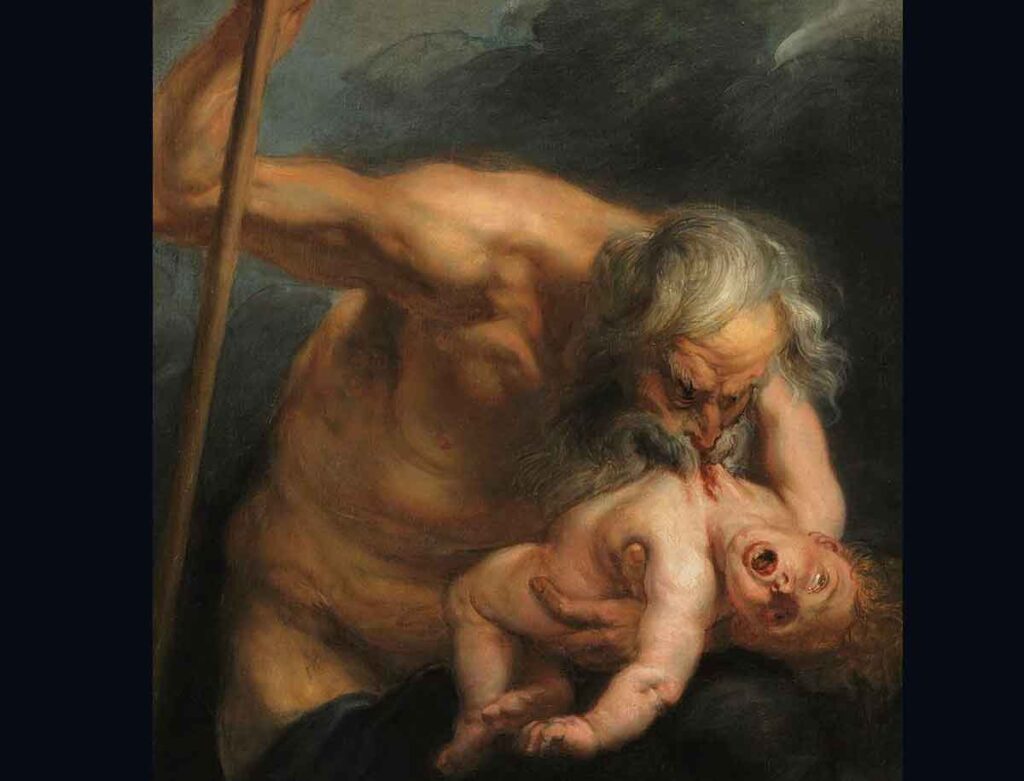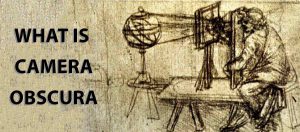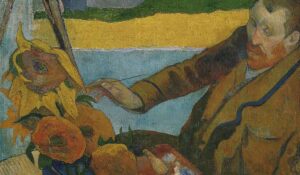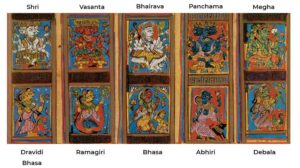History That Inspired Black Paintings At Goya’s House
This painting was initially positioned on the ground level of the home known as “la Quinta del Sordo,” and it is one of the “Black Paintings” that Goya created on the walls of his home outside of Madrid. Goya used a variety of mediums, including oil paint, to paint the walls. In their original position as well as when they were taken from the walls and painted on canvas by Baron Émile d’Erlanger soon after he purchased the home in 1873, the “Black Paintings” had endured tremendous loss and destruction. You should be aware that Saturn is also referred to as Cronus or Kronus.
One of Goya’s most horrifying and iconic paintings, Saturn Devouring His Son, is a part of the collection of so-called “Black Paintings.” These murals were created by Goya directly on the plaster walls of his farmhouse, which he had bought in 1819 as a final retreat and is located near Madrid on the banks of the Manzanares river. Initially, he painted more encouraging pictures on the walls, but over time, he overpainted them with a series of progressively more ominous and unsettling images, which undoubtedly mirrored his worsening paranoia and melancholy as well as his anxieties about his own impending death. Goya made no attempt to name these paintings, did not write anything about them, and is not known to have mentioned them in public.
Mythological story behind the painting
A historical picture called Saturn Devouring His Son depicts the myth of the Roman god Saturn, who devoured each of his sons as soon as they were born because he was afraid that one of them might overthrow him. (In the end, his wife concealed his sixth son, Jupiter, who duly defeated Saturn in accordance with the prophecy.) Although “Saturn Devouring His Son” (1636, Prado, Madrid) by Peter Paul Rubens (1577-1640 is thought to have served as inspiration, the cannibalistic violence with which Saturn is devouring his child makes it horrifyingly distinct.
In actuality, the image is a great depiction of a crazed psychopath who is unable to control his violent behavior because he is imprisoned in the darkness. Indications of hysterical insanity include Saturn’s raw nakedness, untidy hair and beard, wide-eyed look, and combative motions. He has already severed and consumed his child’s head, right arm, and a portion of the left arm. He is currently preparing to consume more of the left limb. He is holding the dead infant so firmly that blood is dripping from the tops of his palms and his knuckles are turning white.
